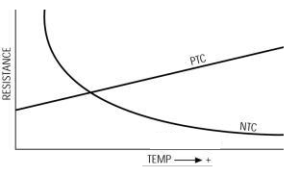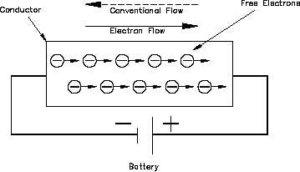Science > Physics > Semiconductors > PN Junction Diodes When a crystal of semiconductor is doped such that half the portion of the crystal is doped with a trivalent impurity and the other half is doped with a pentavalent impurity, then the junction (boundary) formed is called a PN junction. The crystal itself is called […]
Categories
PN Junction Diodes
- Post author By Hemant More
- Post date March 2, 2020
- No Comments on PN Junction Diodes
- Tags Acceptor impurity, Barrier potential, Biasing, Bridge rectifier, Conductors, Depletion layer, Diode, Donor impurity, Doping, Extrinsic Semiconductors, Forward bias, Forward biasing, Full wave rectifier, Half wave rectifier, Impurity, Insulators, Intrinsic semiconductors, N-type semiconductors, P-type semiconductors, Pentavalent impurity, PN junction, Potential barrier, Reverse bias, Reverse biasing, Semiconductors, Trivalent impurity

